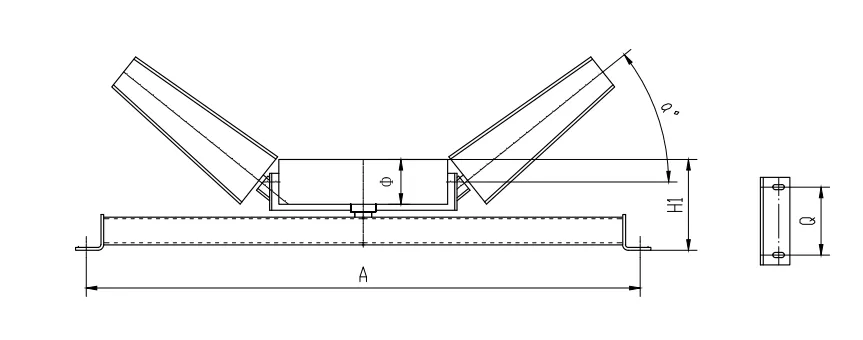 Afrikaans
Afrikaans  Albanian
Albanian  Amharic
Amharic  Arabic
Arabic  Armenian
Armenian  Azerbaijani
Azerbaijani  Basque
Basque  Belarusian
Belarusian  Bengali
Bengali  Bosnian
Bosnian  Bulgarian
Bulgarian  Catalan
Catalan  Cebuano
Cebuano  Corsican
Corsican  Croatian
Croatian  Czech
Czech  Danish
Danish  Dutch
Dutch  English
English  Esperanto
Esperanto  Estonian
Estonian  Finnish
Finnish  French
French  Frisian
Frisian  Galician
Galician  Georgian
Georgian  German
German  Greek
Greek  Gujarati
Gujarati  Haitian Creole
Haitian Creole  hausa
hausa  hawaiian
hawaiian  Hebrew
Hebrew  Hindi
Hindi  Miao
Miao  Hungarian
Hungarian  Icelandic
Icelandic  igbo
igbo  Indonesian
Indonesian  irish
irish  Italian
Italian  Japanese
Japanese  Javanese
Javanese  Kannada
Kannada  kazakh
kazakh  Khmer
Khmer  Rwandese
Rwandese  Korean
Korean  Kurdish
Kurdish  Kyrgyz
Kyrgyz  Lao
Lao  Latin
Latin  Latvian
Latvian  Lithuanian
Lithuanian  Luxembourgish
Luxembourgish  Macedonian
Macedonian  Malgashi
Malgashi  Malay
Malay  Malayalam
Malayalam  Maltese
Maltese  Maori
Maori  Marathi
Marathi  Mongolian
Mongolian  Myanmar
Myanmar  Nepali
Nepali  Norwegian
Norwegian  Norwegian
Norwegian  Occitan
Occitan  Pashto
Pashto  Persian
Persian  Polish
Polish  Portuguese
Portuguese  Punjabi
Punjabi  Romanian
Romanian  Russian
Russian  Samoan
Samoan  Scottish Gaelic
Scottish Gaelic  Serbian
Serbian  Sesotho
Sesotho  Shona
Shona  Sindhi
Sindhi  Sinhala
Sinhala  Slovak
Slovak  Slovenian
Slovenian  Somali
Somali  Spanish
Spanish  Sundanese
Sundanese  Swahili
Swahili  Swedish
Swedish  Tagalog
Tagalog  Tajik
Tajik  Tamil
Tamil  Tatar
Tatar  Telugu
Telugu  Thai
Thai  Turkish
Turkish  Turkmen
Turkmen  Ukrainian
Ukrainian  Urdu
Urdu  Uighur
Uighur  Uzbek
Uzbek  Vietnamese
Vietnamese  Welsh
Welsh  Bantu
Bantu  Yiddish
Yiddish  Yoruba
Yoruba  Zulu
Zulu pulley lagging
The Importance of Pulley Lagging in Conveyor Systems
When it comes to conveyor systems, pulleys play a crucial role in the overall functionality and efficiency of material transport. One often overlooked but essential component of these systems is pulley lagging. By understanding what pulley lagging is and its significance, one can appreciate its impact on operational efficiency and safety.
What is Pulley Lagging?
Pulley lagging refers to the material that is applied to the surface of conveyor pulleys. Typically made from rubber or other resilient materials, lagging improves the friction between the pulley and the conveyor belt. This enhanced grip helps in reducing slippage, which is critical in ensuring the smooth operation of the conveyor system.
Why is Pulley Lagging Necessary?
1. Increased Friction One of the primary purposes of lagging is to increase the friction between the pulley and the belt. The higher traction provided by the lagging material minimizes slippage, allowing for more efficient energy transfer. Improved traction ensures that the system can handle heavier loads without risk, thereby optimizing the throughput.
pulley lagging

2. Reduced Wear and Tear Conveyor systems experience significant wear and tear over time, particularly at points such as the pulleys. Pulley lagging acts as a protective layer, absorbing some of the stresses and impacts that the pulley faces during operation. This can prolong the life of both the pulley and the conveyor belt, leading to decreased maintenance costs and extended operational lifespan.
3. Protection Against Environmental Conditions Many conveyor systems operate in demanding environments, including exposure to moisture, dust, and extreme temperatures. The right type of lagging material can provide added protection against such conditions. For example, rubber lagging can help shield the pulley from corrosive substances that might otherwise damage its surface.
4. Improved Safety In industrial settings, safety is always a concern. Slippage can lead to accidents, production delays, and inefficiencies. By ensuring better grip and reducing the likelihood of slippage, pulley lagging contributes to a safer working environment, helping to prevent injuries and accidents.
5. Noise Reduction Adding lagging to pulleys can also contribute to noise reduction. The cushioning effect of the lagging material can absorb vibration and sound, leading to a quieter operation. This is particularly important in facilities where noise levels must be kept to a minimum.
Conclusion
In summary, pulley lagging is an essential element of conveyor systems that should not be underestimated. Providing increased friction, reducing wear and tear, offering protection against environmental conditions, enhancing safety, and minimizing noise are all critical benefits that come from employing effective pulley lagging. As industries increasingly prioritize efficiency, safety, and longevity in their machinery, investing in high-quality pulley lagging becomes a necessity rather than an afterthought. For any operation looking to optimize their conveyor systems, understanding and implementing proper pulley lagging is a vital step toward achieving superior performance and reliability.
-
Revolutionizing Conveyor Reliability with Advanced Rubber Lagging PulleysNewsJul.22,2025
-
Powering Precision and Durability with Expert Manufacturers of Conveyor ComponentsNewsJul.22,2025
-
Optimizing Conveyor Systems with Advanced Conveyor AccessoriesNewsJul.22,2025
-
Maximize Conveyor Efficiency with Quality Conveyor Idler PulleysNewsJul.22,2025
-
Future-Proof Your Conveyor System with High-Performance Polyurethane RollerNewsJul.22,2025
-
Driving Efficiency Forward with Quality Idlers and RollersNewsJul.22,2025





























